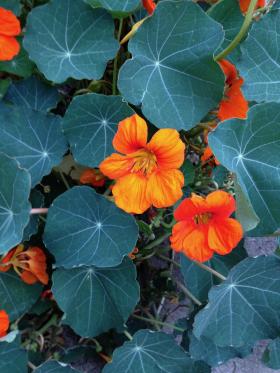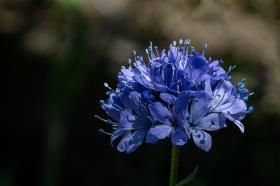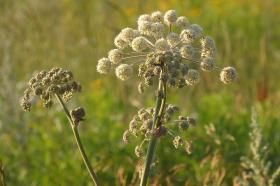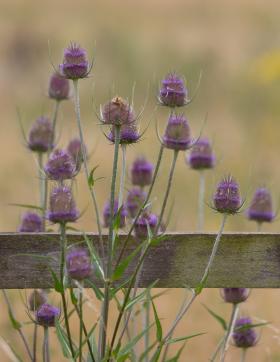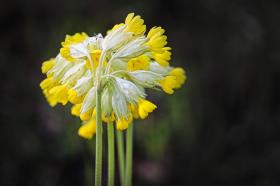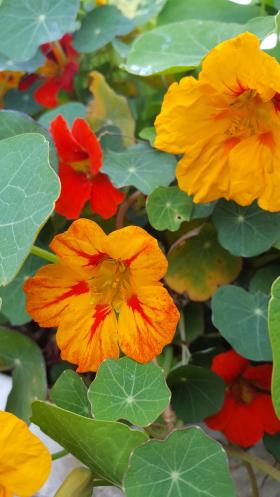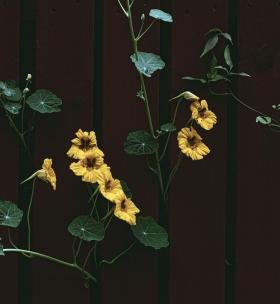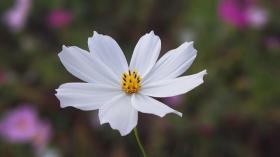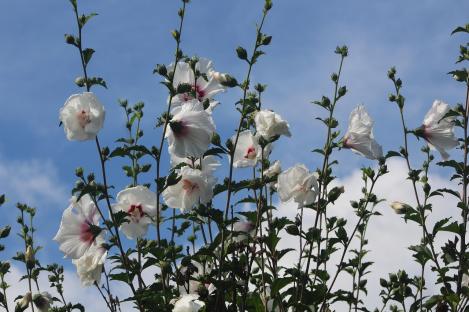
Marsh Mallow, Common marshmallow, organic seeds
Althaea officinalis
Leaves can be eaten raw but are fibrous and somewhat hairy, though the taste is mild and pleasant - use finely chopped in salad (sparingly).Can be cooked as a potherb or to thicken soup - when used as a small proportion with other leaves, the taste and texture is acceptable, but if a lot of the leaves are cooked together their mucilaginous texture makes them unpalatable.General Information
Botanical name: Althaea officinalis
Common names: Marshmallow plant, white mallow, althaea
Family: Malvaceae
Origin: Europe and Western Asia
Type: Perennial medicinal herb
Height: 100–150 cm
Flowers: Pale pink to lavender, hibiscus-like
Leaves: Soft, gray-green, velvety
Roots: Thick, mucilage-rich – primary medicinal part*
Cultivation
Sun: Full sun
Soil: Moist, rich, well-drained
Sow: Early spring directly or start indoors
Spacing: 40–50 cm
Hardiness: Cold hardy (Zones 3–9)
Blooms: July to September
Best use: Medicinal, cottage and herb gardens
Uses & Folk Medicine
1. Respiratory Soother
Teas from roots, leaves, and flowers are used to treat coughs, sore throats, bronchitis.
High mucilage content coats and soothes irritated mucous membranes.
2. Digestive Support
Soothes gastritis, ulcers, acid reflux, and irritated bowel.
Helps restore gastrointestinal lining.
3. Topical Healing Agent
Used in compresses and ointments for eczema, burns, wounds, and skin inflammation.
Moisturizing, anti-inflammatory effects.
4. Original “Marshmallow” Candy
Early marshmallows were made by mixing marshmallow root extract with honey and egg white.
Modern versions are synthetic, but the name derives from this plant.
5. Pet- and chicken-friendly
Tender leaves are edible for small animals like chickens and rabbits – soft and nutritious.
Interesting Facts
“Althaea” comes from the Greek altho – “to heal”.
Used by ancient Greeks, Romans, Egyptians, and Chinese for holistic healing.
Known as a "calming herb for the heart and soul."
Leaf poultices were used on livestock wounds, and even on brooding hens.
Description
- Perennial
- Upright perennial with a fleshy taproot, downy stems, velvety round to ovate leaves and pale pink flowers that are hermaphrodite (have both male and female organs).
- The roots are whitish yellow outside and white and fibrous within.
- Dies down in winter and grow out again in spring.
- Grows in any soil - will grow larger in moist than in dry soil.
- Full sun.
Culinary Uses
- Leaves can be eaten raw but are fibrous and somewhat hairy, though the taste is mild and pleasant - use finely chopped in salad (sparingly).
- Can be cooked as a potherb or to thicken soup - when used as a small proportion with other leaves, the taste and texture is acceptable, but if a lot of the leaves are cooked together their mucilaginous texture makes them unpalatable.
- The root is dried, ground into a powder, made into a paste and roasted - to make sweet 'marshmallow' when mixed with sugar and egg white.
- (Confectionery marshmallows were once made from the root of the Althaea officinalis plant).
- The root contains about 37% starch, 11% mucilage and 11% pectin.
- The water left over from cooking any part of the plant can be used as an egg-white substitute in making meringues.
- The water from the root is the most effective, it is concentrated by boiling until it has a similar consistency to egg white.
- A tea is made from the flowers as well as the root.
Parts Used
- Leaves, flowers and roots
- Leaves are picked when the flowers are just coming into bloom.
- Root is harvested in the autumn, preferably from 2 year old plants.
Medicinal Uses. It is said that
- Soothing demulcent for treating inflammations and irritations of the mucous membranes - urinary (urethritis and kidney stones) and respiratory organs.
- The root counters excess stomach acid, peptic ulceration and gastritis.
- Is applied externally to bruises, sprains, aching muscles, insect bites, skin inflammations (eczema, psoriasis), splinters etc.
- The whole plant, but especially the root, is demulcent, diuretic, highly emollient and slightly laxative.
- An infusion of the leaves is used to treat cystitis and frequent urination.
- The root can be used in an ointment for treating boils and abscesses.
- Young tops and tender leaves of Marsh Mallow can be eaten (uncooked) in spring salads, to stimulate the kidneys - a syrup made from the roots will do the same. Source: Herbgarden
Packet 1000 seeds

